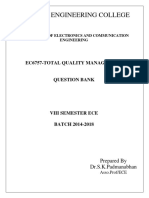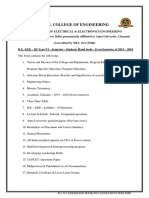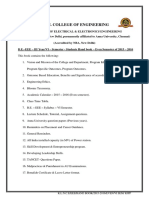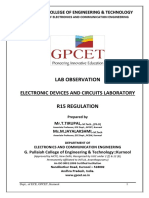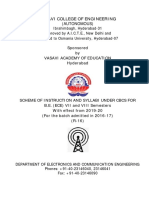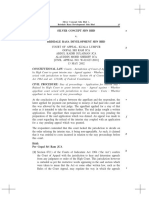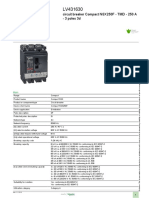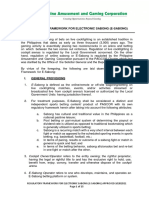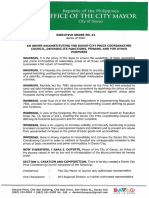0% found this document useful (0 votes)
4 views19 pagesFinal1 Update Lab Manual Sample
The document outlines the academic structure and objectives of the Jaipur Engineering College and Research Centre for the academic year 2024-25, including the institute's motto, vision, mission, program educational objectives, and outcomes for the Electronics and Communication Engineering department. It details the lab manual for the Electronics Devices Lab, including experiments, course outcomes, and mapping of course outcomes to program outcomes. The document emphasizes the importance of practical learning and aims to equip students with essential skills for their professional careers.
Uploaded by
Shyamsunder ManaktalaCopyright
© © All Rights Reserved
We take content rights seriously. If you suspect this is your content, claim it here.
Available Formats
Download as DOCX, PDF, TXT or read online on Scribd
0% found this document useful (0 votes)
4 views19 pagesFinal1 Update Lab Manual Sample
The document outlines the academic structure and objectives of the Jaipur Engineering College and Research Centre for the academic year 2024-25, including the institute's motto, vision, mission, program educational objectives, and outcomes for the Electronics and Communication Engineering department. It details the lab manual for the Electronics Devices Lab, including experiments, course outcomes, and mapping of course outcomes to program outcomes. The document emphasizes the importance of practical learning and aims to equip students with essential skills for their professional careers.
Uploaded by
Shyamsunder ManaktalaCopyright
© © All Rights Reserved
We take content rights seriously. If you suspect this is your content, claim it here.
Available Formats
Download as DOCX, PDF, TXT or read online on Scribd
/ 19












